Occurrence & cultivation of the Bertram

The Bertram -Plant is native to Arabia, southern Spain, Morocco, Algeria and the Caucasus. In France, the mildly hot plant is a neophyte, as this genus was not originally native to this country and has only established itself there through human influence. In Central Europe, Bertram occurs exclusively in cultivated stocks. After all, it was Hildegard von Bingen who recommended Bertram as a medicinal plant and for daily nutrition.
Of the German Bertram (Anacyclus officinarum syn. Pyrethrum germanicum) found its origin as a medicinal plant from breeding stocks in Thuringia and was only an annual offshoot of the perennial Bertram. Visually, this plant differed from the natural stands because of its narrower roots and lighter leaves. Other Bertram species are the Roman Bertram (A. pyrethrum var. Pyrethrum) and the Morocco Bertram (A. pyrethrum var. Depressus). The Swamp Sharpening, of the tarragon and the valerian are sometimes referred to as Bertram.
The story differentiates between the true "Bertram of the ancients" and the Bertram, as it is known today as a medicinal plant. The real Bertram was as Pyrethrum verum designated. It was the umbrella plant and the umbellifer of the swamp hairline, also known as Oelnitz or Elsenich referred to, to which similar therapy options were assigned.
Historians suspect that Hildegard von Bingen meant the true Bertram plant in her descriptions and not the Roman and Morocco Bertram known today. Experts, on the other hand, assume that medieval scholars spoke exclusively of the Roman Bertram. They assume that the swamp hair strand is confused as the "real Bertram" with the Bertram as we know it today.
Effect & application
Although the white plant, which belongs to the genus daisy family (Asteraceae), looks very similar to chamomile at first glance, it is not mild in taste, but spicy. While chamomile blossoms smell mildly aromatic, the Bertram spreads a mildly pungent odor according to its ingredients. The stems first grow along the ground before rising and growing upwards. That is why the plant is also nicknamed "creeping Bertram".
The Bertramp plant grows from a taproot that contains several small hair roots until the roots form a rosette and the flowers gradually straighten up. Flowering time is from May to August, the plant becomes 30 to 40 centimeters high. It is not demanding and prefers sunny areas with poor to moderately nutritious soil. Their natural occurrences multiply through sowing. Flowers with a yellow cup and white ray-florets (ray-florets) and regularly a large number of tubular florets (disc florets) grow on each stem.
The cup-shaped individual flower stands are surrounded by several rows of brownish-green bracts. The tongue leaves are predominantly female, the plants are pollinated by bees. The leaves have an airy surface and are notched like lilac. The Roman Bertram and several subspecies mostly have blue-green stalked one to three-part pinnate-like leaves. Initially shaped in rosettes, the leaves are distributed on the stem. In autumn only the roots of the plant are collected for further processing.
The healing, natural ingredients of the Bertram plant are pyrethrin, pellitorin, essential oils, tannins, inulin and immune-enhancing sugar compounds. The Bertram root is preferably used as a powder and tincture. The spicy Bertram is used in ointments and teas. The root is only used in the plant's second growth cycle, when it is already beginning to wither. Drinking two pinches of bertram root powder in a cup of nettle tea has been described as helpful for rheumatism and constipation.
In folk medicine, Bertram was primarily used to treat strokes and paralysis of the tongue. Bertram tincture in the form of poultices can help with sciatica and lumbago. Hildegard von Bingen recommends the plant because of its cleansing and digestive effects. Bertram is nerve tonic, expectorant, astringent, antiseptic, digestive and irritating to the skin.
It is used for lung problems, anxiety, stomach problems, heart problems, toothache, insomnia and bed wetting. Its use in diabetes is controversial. Due to its pungent ingredients, Bertram is also suitable as biological crop protection. Bertram is also often planted in ornamental gardens or sown on bee pastures. Hildegard von Bingen was particularly convinced of the use of the mildly hot plant in the case of lung diseases. She mixed a tea made from juniper blossoms, woolly flowers and bertram into a pure wine.
Due to its pleasantly mild heat, Bertram is also often used as a flavor enhancer. Although the German plant is now considered an extinct species, it is still possible to plant the Roman Bertram as an ornamental plant in the garden in open spaces. The plants are only watered when it is very dry; fertilization is not recommended.
Importance for health, treatment & prevention
In today's herbal medicine, Bertram no longer plays a major role in comparison to other medicinal plants, despite its versatile therapeutic options. The suppliers of Bertram herbs are therefore manageable. Nowadays, Bertram is mainly available from the herbal trade, with a distinction being made between Anacyclus officinarum and Anacyclus pyrethrum. Both types of Bertram root are available at prices ranging from € 7.50 to € 9.50 per hundred grams.
In contrast to other medicinal plants, however, Bertram has side effects, so only a sparing dosage is advisable. If taken in excess, Bertram causes vomiting, nausea, stomach upset and diarrhea. The natural ingredient pyrethrum is useful in the field of pest control, but has a neurotoxic effect as a strong nerve poison and is therefore not harmless to humans if overdosed. Long-term use can cause skin irritation.


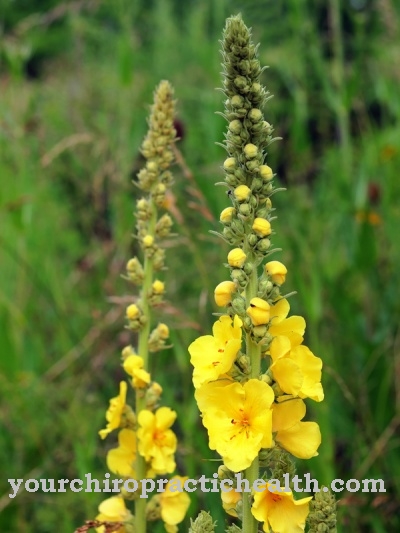
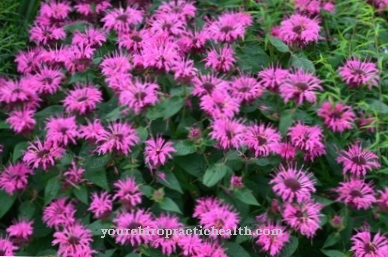
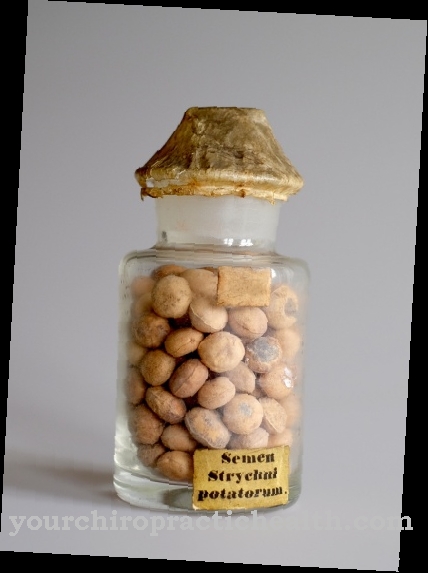
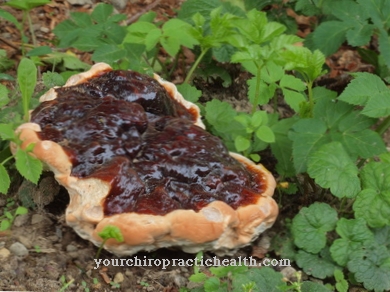
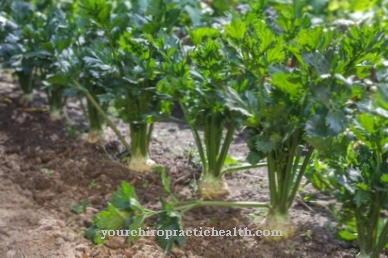

















.jpg)



